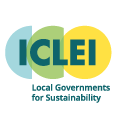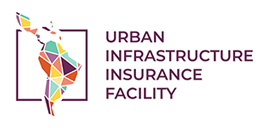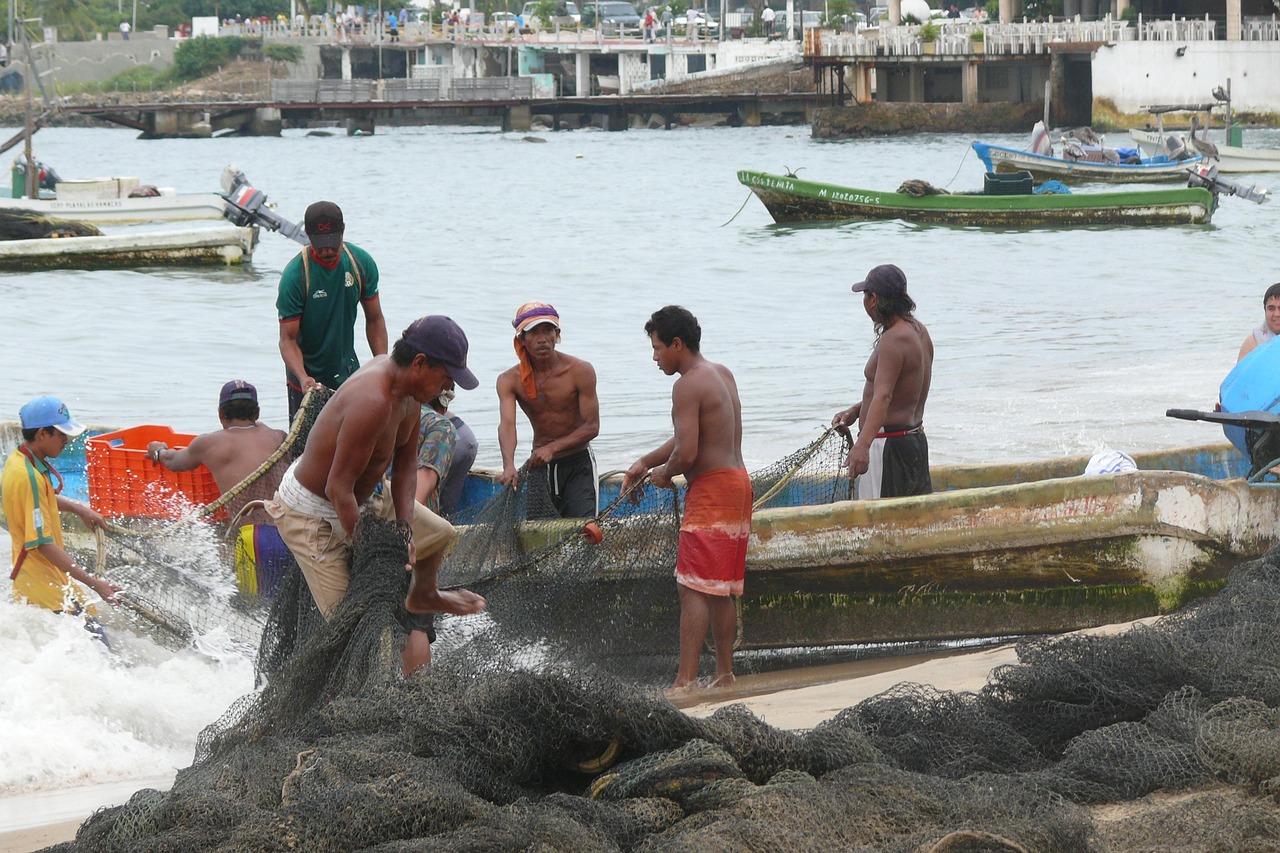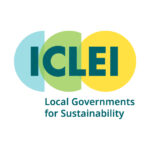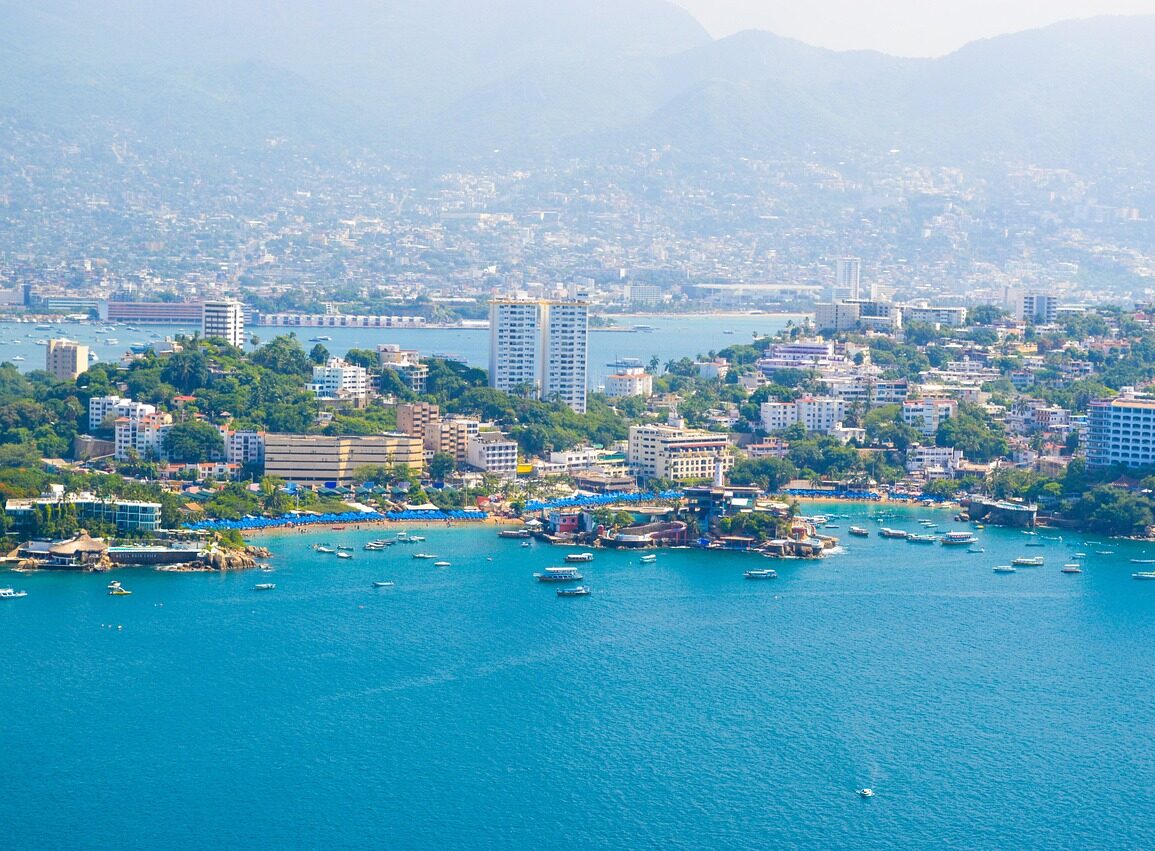
Acapulco de Juárez, a coastal city in the Mexican state of Guerrero, is known for its stunning beaches, cultural heritage, and historic significance as a global tourist destination. With a population of nearly 850,000, the city balances its role as a tourism hub with ongoing social and economic challenges. About 400,000 residents live in poverty, including over 126,000 in extreme poverty.
Acapulco’s location makes it highly exposed to natural hazards such as hurricanes and flooding. Recent disasters like Hurricane Otis in 2023 and John in 2024 have drastically shown the need for robust risk management and urban resilience. The city is making strides in infrastructure, urban planning, and disaster preparedness, while also expressing a strong commitment to climate and disaster risk financing mechanisms.
